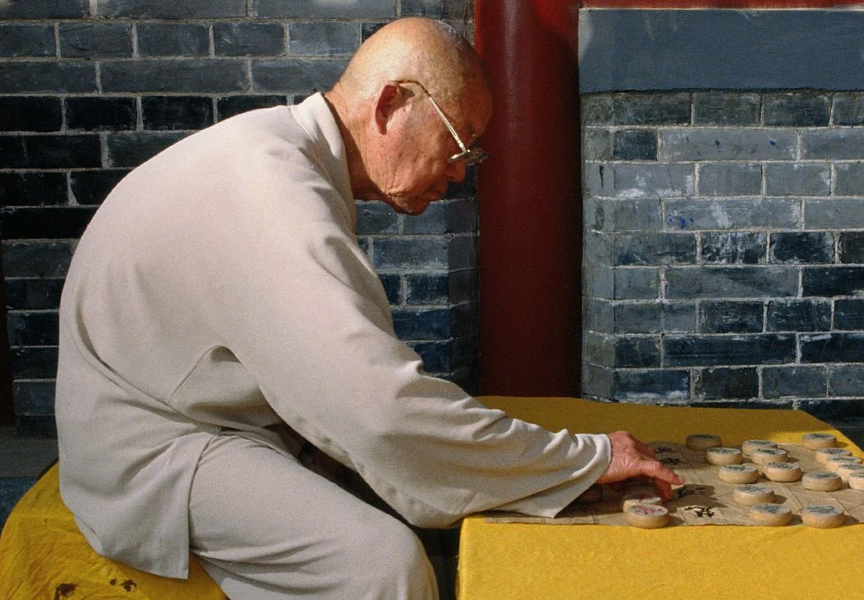Random Free Articles
- The Mystique of Buddha Palm
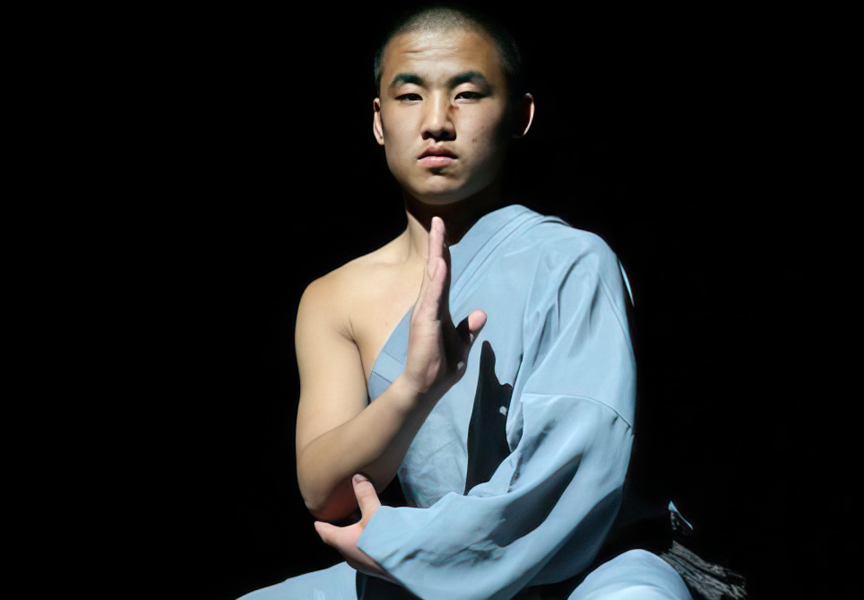
The Lost Art of Shaolin Monks In the annals of martial arts history, few names evoke as much reverence and fascination as Shaolin Kung Fu. Nestled amidst the mist-shrouded peaks of China, the Shaolin Monastery has long been revered as the cradle of martial arts mastery and spiritual enlightenment. Within its hallowed walls, generations of monks honed their bodies and minds, cultivating skills that transcended mere combat prowess. Among the…
- The Significance of the Centerline Concept
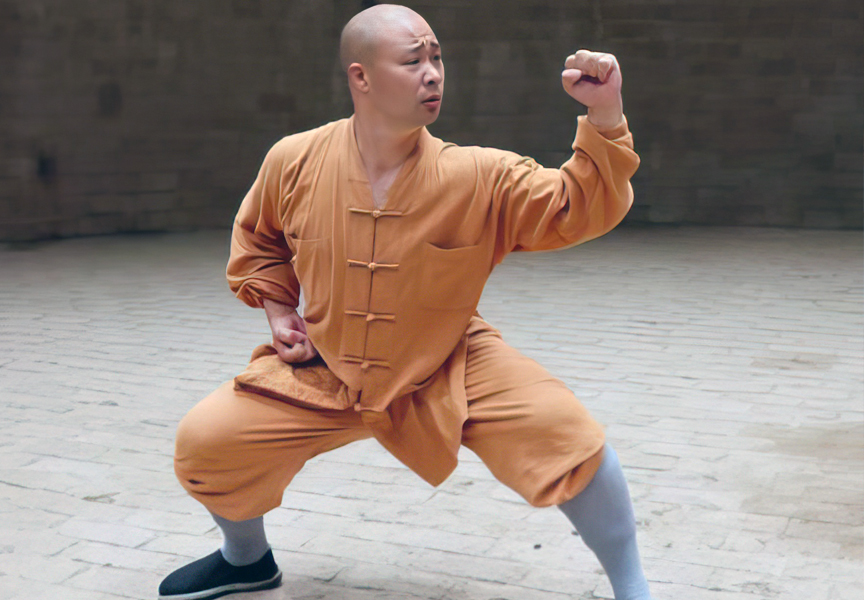
Shaolin Kung Fu, with its roots dating back centuries, is renowned for its dynamic movements, intricate forms, and powerful strikes. Among the many principles that form the foundation of this martial arts system, the concept of the centerline [Chin.: Zhōngxīn xiàn 中心线] stands out as a crucial element. Understanding the centerline is essential for practitioners to harness the full potential of Shaolin Kung Fu and execute its techniques…
- Fenjie in Chinese Martial Arts
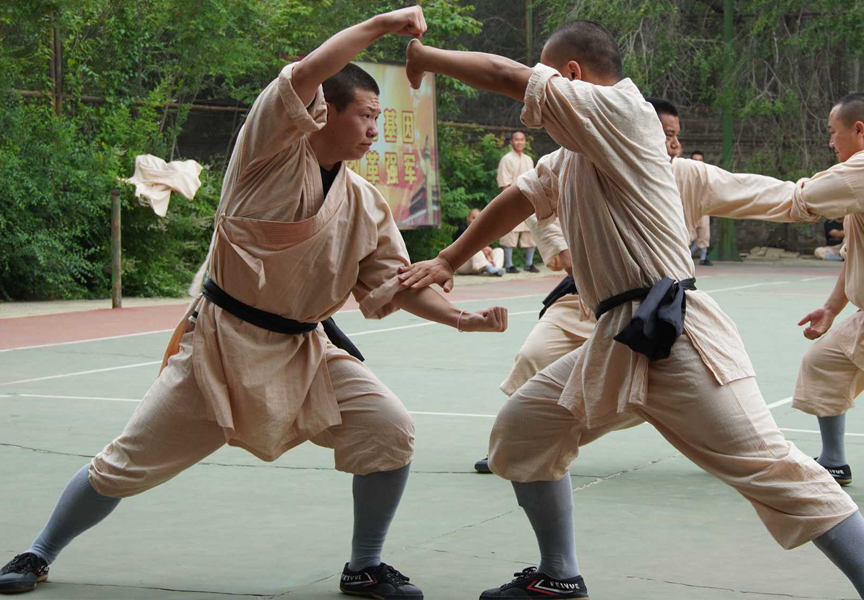
Dissecting Forms for Combat Mastery In the vast realm of Chinese martial arts, the term Fenjie, which translates to analysis or disassembly in English, holds significant importance. This concept is deeply embedded in the traditional practice of martial arts, especially when it comes to the study and application of various forms. Fenjie [Chin.: Fēnjiě 分解] involves the meticulous process of breaking down complex movements within a martial…
- The Shaolin Monk's Shovel
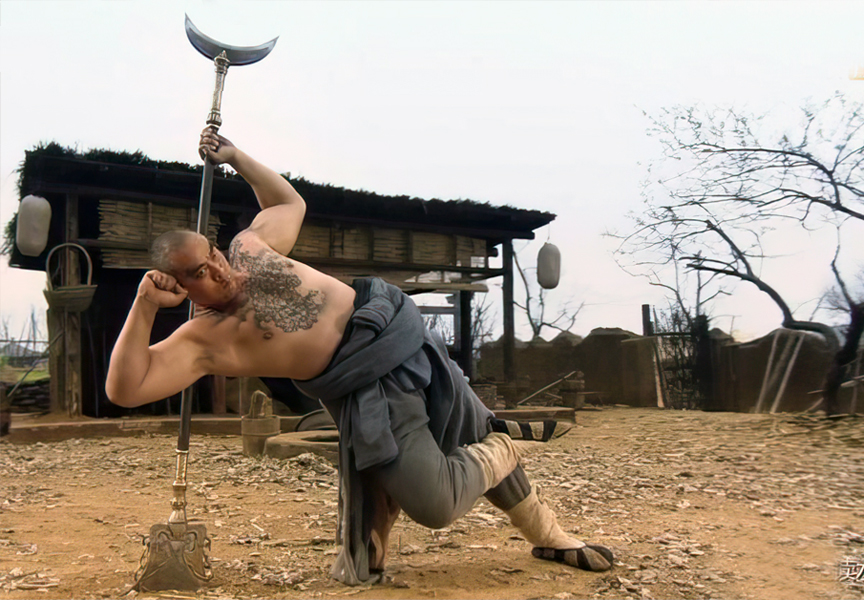
A Weapon with a Rich History In the world of martial arts, the Shaolin Temple stands out as a legendary institution that has produced skilled warriors for centuries. Among the various weapons associated with Shaolin monks, the monk's spade, known as Yue Ya Chan [Chin.: yuèyáchǎn 月牙汐] in Chinese, holds a special place. This unique weapon, known as the monk's weapon [Chin.: sēngchǎn 僧汁] is perhaps the most famous…
- Dantien
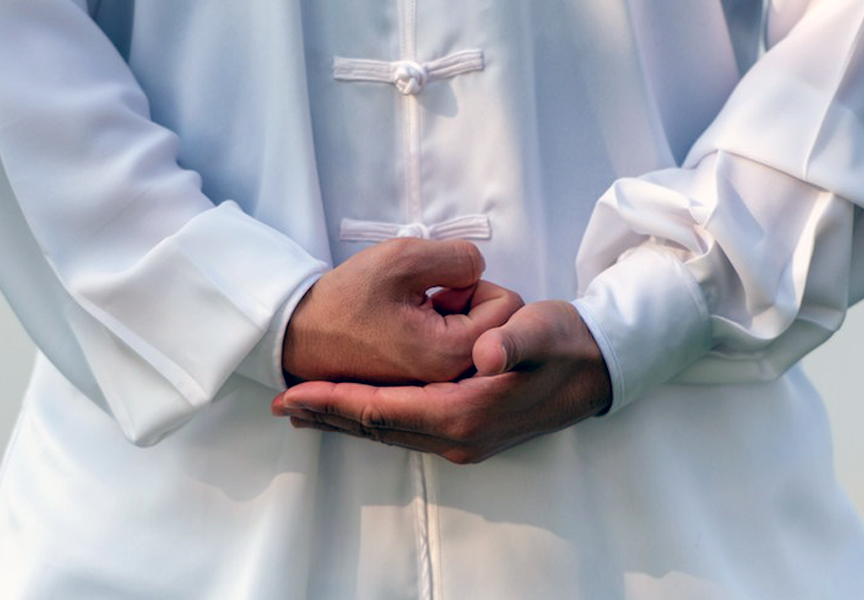
The Energetic Center of Vitality and Balance In the realm of traditional Chinese medicine and martial arts, the concept of the "Dantien" [Chin.: dāntián 丹田] stands as a fundamental and integral part of understanding the body's energy system. Pronounced "dan-tee-en," this term refers to energy centers within the body that play a pivotal role in the cultivation and management of vital energy, or Qi (also spelled…

